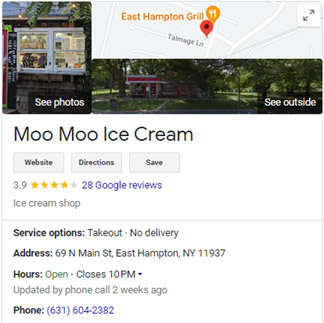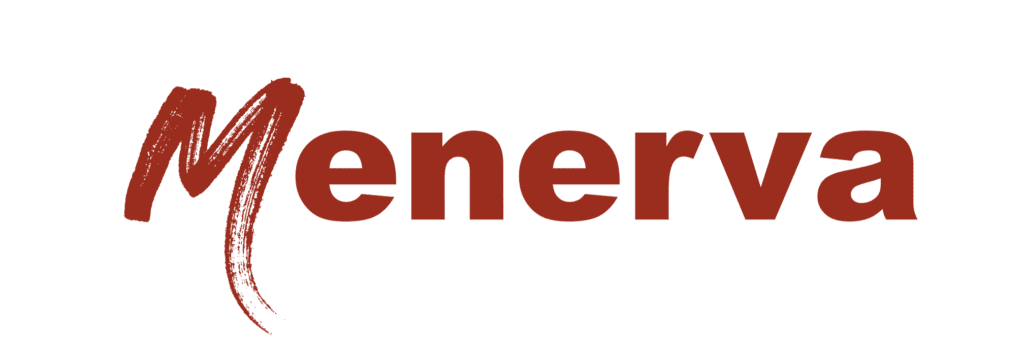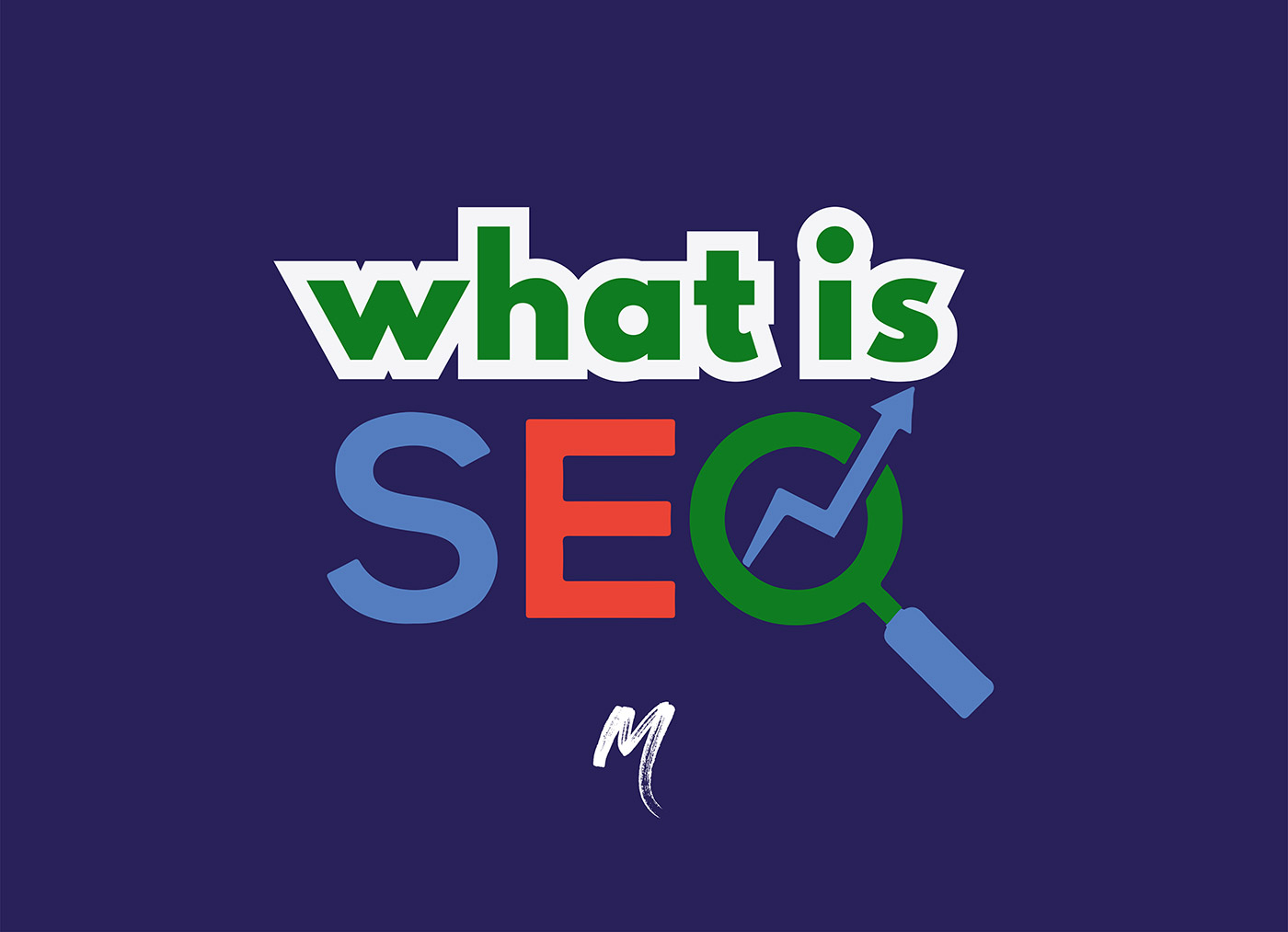In this glossary, we’ll take you on a journey through the key terms, principles, and techniques of SEO, making the complex simple and the mysterious understandable. From algorithms to backlinks, keywords to meta descriptions, you’ll find user-friendly explanations to help you navigate the exciting landscape of SEO. So, let’s begin our journey through the world of SEO, empowering you to enhance your digital visibility and create a truly impactful online presence.
Definition: Brief Overview of SEO
SEO–Search Engine Optimization–is a strategic method of increasing relevant traffic to your website through organic search engine results.
To break it down:
- Search engine: refers to platforms like Google, Bing, or Yahoo, which people use to find information online.
- Optimization: refers to making changes to your website to appear on the top portion of the “SERPs” or search engine results pages.
SEO’s purpose is to improve your website’s visibility in search engines. The higher your website’s ranking on the SERP, the more likely you’ll attract attention and draw prospective and existing customers to your site. This is achieved by ensuring that your website and its content are accessible, relevant, and valuable to both the user and the search engine algorithms that determine the rankings.
How does SEO work?
Effective SEO places your website in a prominent position on the SERPs for your business’s keywords and phrases, making it more appealing to search engines.
This process involves various techniques:
- Keyword Optimization: Identify relevant keywords your target audience uses and incorporate them strategically into your website content.
- Content Quality: Create valuable content that satisfies the searcher’s intent. Search engines favor high-quality, relevant content.
- Technical SEO: Improve website architecture to ensure search engine bots can easily crawl and index them. This includes optimizing site speed, mobile-friendliness, and URL structure, to name a few.
- Backlinks: Obtain links from other reputable sites. These backlinks indicate to search engines that your website is credible and trustworthy, leading to improved keyword rankings. Backlinks can be acquired naturally by creating high-quality content.
- User Experience: Enhance the user’s experience on your site by improving navigation, site design, and providing valuable content. A positive user experience signals search engines that your site is trustworthy and useful.
The ultimate aim of SEO is to communicate to search engines that your site is a relevant, trustworthy source of information, thereby improving your ranking and visibility.
How do search engines work?
To achieve the most relevant results for a user’s query, complex algorithms are used by search engines (e.g., Google, Bing, and Yahoo) to consider an array of factors.
The process involves three main steps:
- Crawling: Search engines use bots called “spiders” or “crawlers” to find internet content. The content can be a webpage, an image, a video, or a PDF.
- Indexing: Once a page is found, the search engine processes and stores the information in its database, called an index. The index is a vast library containing all the information the crawlers have found.
- Ranking: When a search is conducted, the search engine sifts through its index to provide the most relevant and useful results. Numerous factors like search query relevance, website quality, and user experience determine this ranking.
In essence, SEO is about understanding these processes and adjusting your website and content to make it easily discoverable, understandable, and indexable by these search engine algorithms.
With Google being the dominant global search engine, most SEO strategies prioritize Google’s algorithms. According to Statista, as of March 2023, Google’s market share is around 85.53%. Therefore, ranking highly on Google significantly influences site success due to its vast user base. While you should also consider search engines like Bing and Yahoo, the high potential traffic from Google often makes it the primary focus of SEO efforts. Thus, understanding and leveraging Google’s SEO guidelines can improve visibility and increase traffic.
Types of SEO: Techniques & Strategies
SEO deploys various methods and strategies to optimize different aspects of a website:
- On-Page SEO: Optimizing elements of individual website pages to increase relevant traffic and rank higher. This includes optimizing title tags, meta descriptions, on-page content, and images.
- Content SEO: Creating high-quality, engaging content that fulfills audience needs and attracts search engines. Keywords, readability, and providing value are all crucial aspects of content SEO.
- Off-Page SEO: Activities off your website also impact your rankings within SERPs. This primarily involves backlinks from other sites but also includes social media and influencer marketing.
- Technical SEO: Optimizations unrelated to content that improve your site’s backend structure and foundation. It includes site speed, mobile-friendliness, indexing, crawlability, site architecture, structured data, and security. Technical SEO is more critical for larger websites due to the increased complexity of site structure, the potential for slower load times, and a greater risk of duplicate content. Proper technical SEO ensures efficient crawling and indexing by search engine bots, enhances site speed, and manages duplication issues, making larger websites more user and search-engine friendly.
Using a mix of these SEO techniques and strategies will help your website perform better on search engines, thereby attracting more organic traffic.
Why is SEO important?
In the digital age, SEO is more important than ever. As turning to search engines to research products and services is becoming the norm, businesses must work towards increasing their visibility in search results to reach potential customers.
Here’s why SEO is so crucial:
Higher Visibility and Ranking: Websites that appear higher up in the SERPs are more likely to gain attention from potential and existing customers. SEO helps businesses to rank high for the keywords related to their business.
Increased Traffic: Search engine optimization of your site means that your target audience is more likely to find you when searching online. More visibility in search results leads to more website traffic.
Credibility and Trust: Typically, users perceive websites that rank high on search engines as more trustworthy and credible. SEO helps build this trust and credibility over time through quality content, positive user experiences, and regular website improvements.
Better User Experience: SEO involves making your site user-friendly. Fast loading times, easy navigation, and a mobile-friendly design contribute to a positive user experience; visitors stay longer and engage more with your site.
Competitive Advantage: If you don’t optimize your website and your competitors do, they’re likely ranking higher than you in search results. By investing in SEO, you can gain a competitive edge and capture more market share.
Anatomy of search results
Understanding the structure of a SERP (Search Engine Results Page) is crucial for an effective SEO strategy:

Paid Results: These are advertisements typically at the top of the SERP. These can appear as shopping results with images or as the usual listing. While they occupy a prominent place, they can be less trusted by users who know these are paid placements. Simultaneously, brands with both paid and organic listings may experience a boost in overall trust and click-through rates.

Organic Results: These listings, generated from organic, non-paid SEO practices, comprise most SERPs. Depending on the result, these can also be video or image results. The first three organic positions attract the most clicks, with the first result alone garnering about 28-30% of total clicks, emphasizing the importance of a high SERP ranking.

Featured Snippets: Also, an organic listing, these selected search results are displayed above all results, aiming to answer a user’s query immediately. They can significantly increase visibility, even if your page isn’t the first organic result. Websites that get featured in the snippet often experience higher click-through rates.

Local Pack: Significant for local businesses, appears when users search for businesses or places near their location. On a desktop, the listing will appear to the right, and on a mobile device, it will be the first. Appearing in the local pack can dramatically increase visibility and attract local customers.

People Also Ask: These are related questions that users might find interesting based on their search. Ranking in this section can help expose your content to a wider audience looking for comprehensive information.
Knowledge of these elements can help you tailor your SEO strategy for different types of visibility and optimize for what really matters in your industry or for your specific business goals.
SEO Strategy
An SEO strategy is crucial as it enhances your website’s visibility on SERPs, driving high-quality organic traffic. It also provides a competitive edge, optimizes user experience, and builds user trust. In a digital-centric era, businesses must employ an effective SEO strategy to reach their target audience and develop a robust online presence.
A typical SEO strategy involves several steps designed to improve a website’s visibility in search engines and attract more organic traffic. Here’s a general outline:
- Content
- Keyword Research: Identifying relevant keywords your target audience uses in their search queries. The goal is to optimize your site and content around these keywords.
- Competitor Analysis: Look at what your competitors are doing regarding SEO. Analyzing their strategies can give you insights into what works and potential gaps you can leverage. The goal should always be to do it better.
- On-Page SEO: Optimize your website’s individual pages, including the content. Use relevant keywords in your content, meta titles, descriptions, and optimizing images.
- Content Strategy: Develop a plan to create high-quality, valuable content that resonates with your audience and encourages them to stay on your site longer. This can include blog posts, videos, infographics, and more.
- Technical: A technical SEO setup is crucial. It involves various technical considerations that enhance the crawling, indexing, and overall user experience on the site. Here are some key elements involved in a technical SEO strategy:
- Website Speed and Performance: Optimal website speed provides a positive user experience which leads to higher search engine rankings. Compress images, minimize server response time, leverage browser caching, and optimize code to reduce page load times.
- Mobile-Friendly Design: Websites are primarily accessed through mobile devices, so having a mobile-friendly design is paramount. Implement responsive web design to ensure your site adapts seamlessly to various screen sizes.
- Site Structure and Navigation: A site structure that is well organized helps search engines understand the hierarchy and relationships between pages. Implement user-friendly navigation with descriptive URLs, logical breadcrumb trails, and an XML sitemap to aid crawling and indexing.
- Indexing and Crawling: Ensure that search engine bots can easily crawl and index your website’s content. Use a robots.txt file to guide bots on which pages to crawl or exclude. Utilize canonical tags to avoid duplicate content issues and implement “hreflang” tags for multilingual or regional content.
- HTTPS and Security: Secure your website with an SSL certificate to enable HTTPS protocol. Search engines favor a secure site that provides a safe browsing experience for users, giving you a slight ranking boost.
- URL Optimization: Craft user-friendly and descriptive URLs that include relevant keywords. Avoid using dynamic parameters and use hyphens to separate words for better readability and search engine understanding.
- Schema Markup: Implement structured data using schema markup to help search engines comprehend your content better. This can lead to enhanced rich snippets in search results, providing more relevant information to users and potentially increasing click-through rates.
- Website Crawlability: Regularly monitor and address crawl errors using tools like Google Search Console. Fix broken links and ensure all pages are accessible by search engine crawlers.
- XML Sitemap: Create and submit one to search engines. This document lists all the important website pages, enabling search engines to seamlessly discover and index your content.
- Accessibility: Optimize your website for accessibility to ensure all users, including those with disabilities, can access and navigate your content. Though not mandatory, you should do your best to follow ADA compliance rules. This means adding alt text to all images, descriptive html tags on forms, descriptive anchor text, subtitles on videos, etc.
- Off-Page SEO
- Online Authority: Increase your site’s trustworthiness and authority. This includes getting high-quality backlinks from reputable sites, social media marketing, and influencer outreach. Backlinks are crucial pillars of any successful SEO strategy. Backlinks act as endorsements, showing search engines that your website is authoritative and valuable. To improve your website’s rankings, focus on acquiring high-quality backlinks from reputable sources through high-quality content production, outreach and content promotion. These proactive efforts attract relevant sites to link back to your content, thereby establishing trust and improving visibility to potential users.
- Ongoing
- Monitoring and Analysis: Use SEO tools to track your site’s performance and make data-driven decisions. Key metrics to monitor include organic traffic, keyword rankings, bounce rate, and conversion rate.
- Continual Optimization: SEO is not a one-time activity or a set-it-and-forget-it type of deal. Search engine algorithms are always changing, so continually test and tweak your SEO strategy.
Remember, successful SEO is a long-term commitment that requires time, effort, and patience. But increased traffic and visibility are significant rewards.
Important Metrics to Track
Tracking the right metrics is essential for assessing the effectiveness of your SEO efforts. Here are some key metrics to monitor:
- Organic Traffic: The number of site visitors from organic search results. An increase in organic traffic usually indicates successful SEO efforts.
- Keyword Rankings: Track how your website ranks for specific keywords over time. Improved relevant keyword rankings can lead to increased visibility and traffic.
- Click-Through Rate (CTR): The percentage of users who see your site in the search results and click on it. A high CTR often indicates compelling content or meta descriptions.
- Bounce Rate: The percentage of visitors who view just one page and then leave your site. A high bounce rate might indicate irrelevant content or poor user experience.
- Page Loading Speed: Faster loading speeds improve user experience and factor in Google’s ranking algorithm.
- Backlinks: The number and quality of links from other websites to yours can significantly influence your SEO performance. More high-quality backlinks often correlate with higher search rankings.
- Conversion Rate: The percentage of users who complete a call-to-action, such as making a purchase or filling out a form. Ultimately, SEO is about attracting visitors and converting them into customers.
These valuable metrics reflect the effectiveness of your SEO strategies and can guide your decision-making for future optimization efforts.
To summarize, search engine optimization (SEO) is a fundamental digital marketing strategy that enhances a website’s organic ranking and visibility on search engine results pages (SERPs). By optimizing content, keywords, and technical aspects, SEO ensures a better user experience and drives targeted traffic to your website. With the ever-changing landscape of search algorithms, businesses must stay ahead in the digital race. That’s where Menerva’s enterprise SEO services come in. Our world-class team of seasoned SEO experts, boasting over 15+ years of experience, has delivered outstanding results for clients across diverse industries. Trust in Menerva Digital to propel your online presence to new heights and experience firsthand the remarkable impact of our unmatched SEO strategies. Contact us today to embark on a journey of success with a brand that values excellence and boasts an impeccable reputation in the industry. Let’s take your website to the top!





